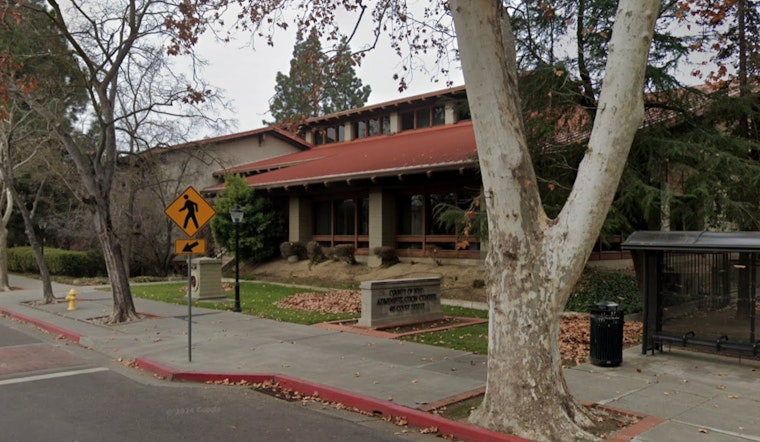The contributions of the Bracero guest worker program and its offspring will be properly acknowledged by the Yolo County Board of Supervisors. The Board will discuss a resolution to commemorate Braceros’ historical legacy in the county at its meeting on December 3. The Yolo County Administration Building in Woodland will soon host an exhibit highlighting the Mexican Bracero Legacy, which was organized by the Ethnic Studies YOLO Academy and several local partners. This awareness-raising collection of photos and artifacts about the Braceros’ history was put together by the Yolo County Archives, the Mexican Yolo Concilio, and Yolo County Supervisors Lucas Frerichs and Angel Barajas.
Supervisor Lucas Frerichs said Yolo County, “I’m thankful for the chance to spread knowledge about the history of the Bracero program in Yolo County.” In order to prevent injustices from happening again, he underlined the significance of considering both the advantages and disadvantages of earlier initiatives, such as the Bracero program. The public can view the display, which aims to illustrate the long-term impacts of the Bracero program on the area.
The Bracero program, which was started during World War II, sent Mexican males to the United States to work in order to fill labor shortages. These workers were important to the railroad and agricultural sectors. The program was characterized by a number of problems, including family separations, unequal pay, abuse, and even laws like the 1955 Operation Wetback, which resulted in mass deportations, despite the economic benefits it offered. The program, which ended in 1964 and was notorious for its harsh reality, left a complicated legacy. Many former Braceros went on to apply for residency under later immigration amnesties.
Individual accounts provide insight into the program’s significant effects. Crescencio Acevedo Soriano, a former Bracero who moved to Woodland following his service, was an important part of the community until his death at age 101. Amelia Valdenegro learned about her grandfather’s life as a Bracero in Davis. “The legacy of the Bracero Program is deeply woven into the fabric of Yolo County’s history,” Supervisor Angel Barajas stated in an interview with Yolo County. He described the enduring power and intergenerational community ties that resulted from these immigrant stories.
The Board decision and the exhibit are a part of larger initiatives to recognize and inform the public about the diverse history of the Bracero program. In Yolo County, descendants of the Braceros have gone on to become social justice activists, elected politicians, and community leaders. Local institutions should continue to “research, study, and teach about local land, labor, and health histories that can inform practices towards equity and justice,” according to Dr. Melissa Moreno, co-founder of the Ethnic Studies YOLO Academy, which was noted on Yolo County.
Note: Every piece of content is rigorously reviewed by our team of experienced writers and editors to ensure its accuracy. Our writers use credible sources and adhere to strict fact-checking protocols to verify all claims and data before publication. If an error is identified, we promptly correct it and strive for transparency in all updates, feel free to reach out to us via email. We appreciate your trust and support!



Leave a Reply